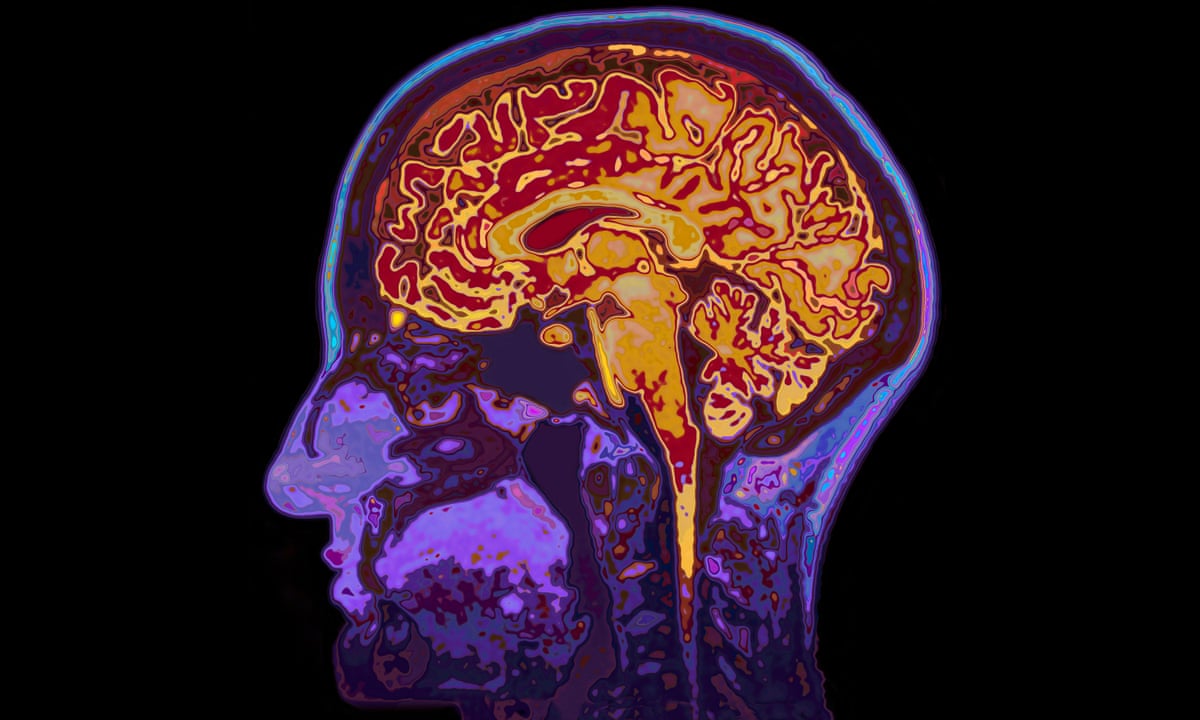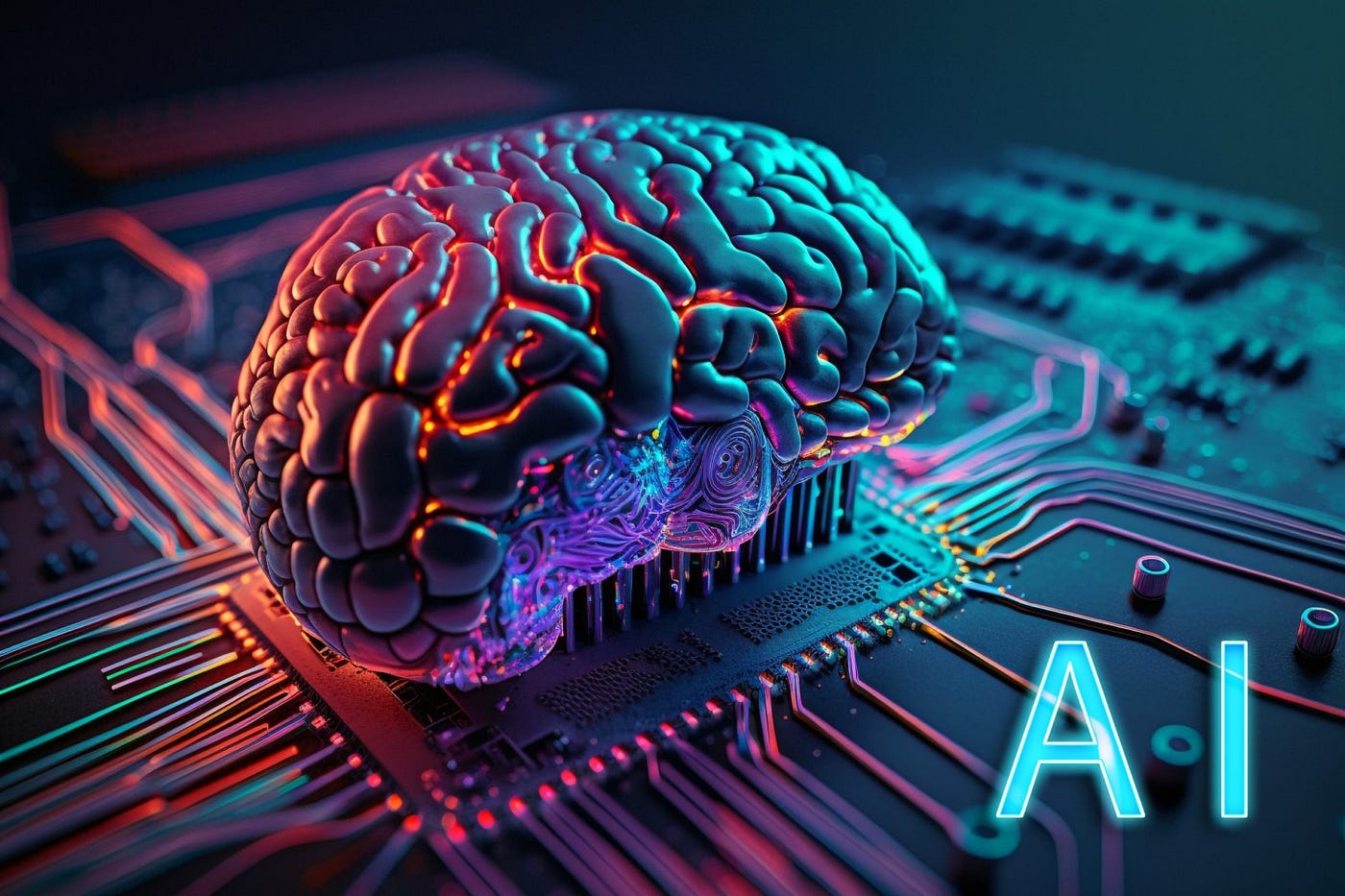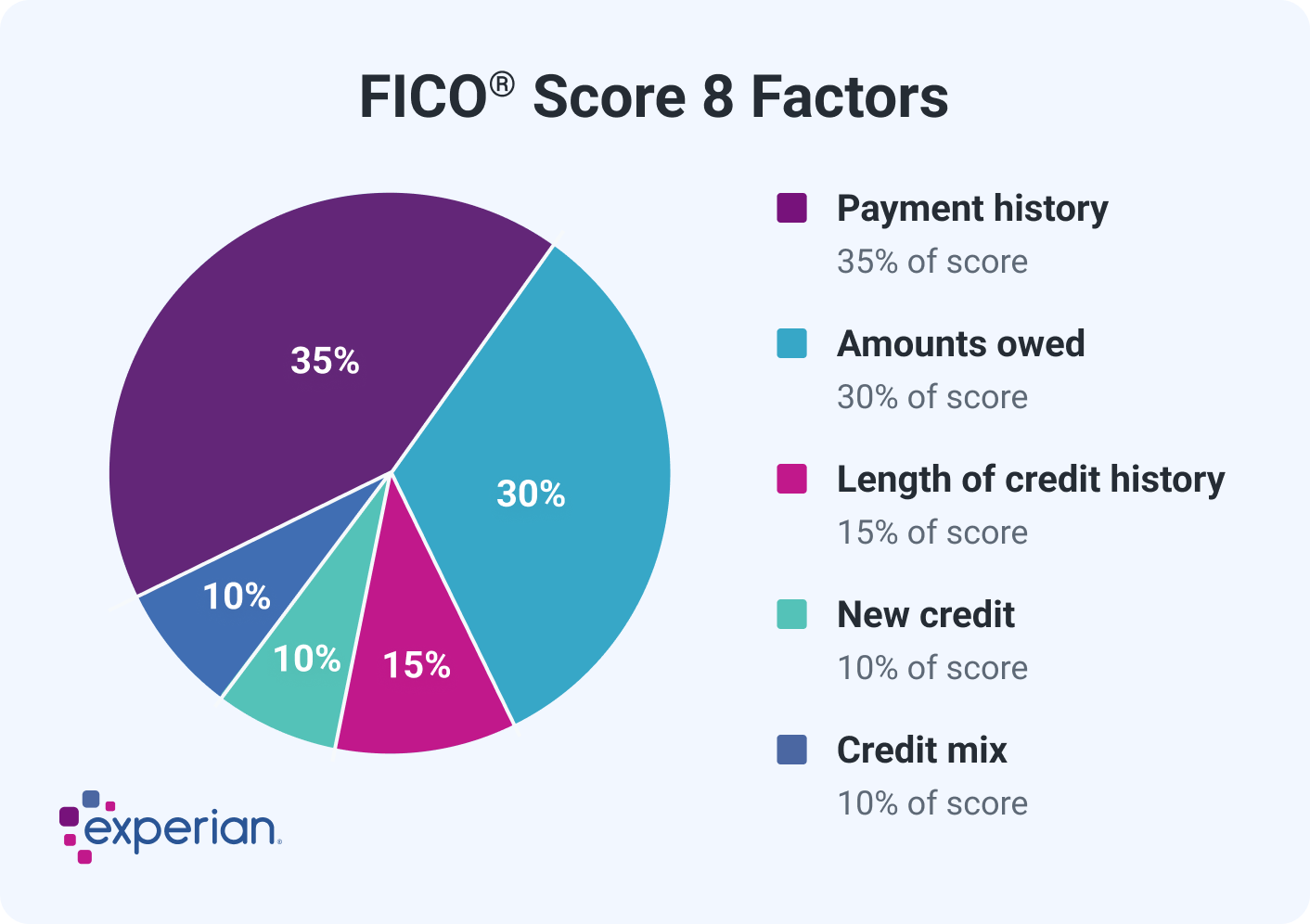The Human Brain: Unlocking the Mysteries of Consciousness.

Explore the complex science behind the human brain and consciousness. Learn what neuroscience tells us about self-awareness, perception, memory, and the future of brain research.
The Enigma of the Human Mind.
The human brain is one of the most intricate and mysterious organs in the universe. It not only governs our physical functions but also houses our thoughts, emotions, memories, and—perhaps most remarkably—our consciousness. But what exactly is consciousness? How does it arise from the electrical and chemical activity within the brain?.
Understanding consciousness is one of the greatest challenges in neuroscience and philosophy. In this post, we explore what science currently knows about the brain, how it relates to consciousness, and what lies ahead in our quest to unlock the secrets of the human mind.
What Is Consciousness?.
Consciousness is typically defined as the state of being aware of and able to think about one's own existence, thoughts, and surroundings. It includes both wakefulness and awareness—qualities that seem simple, yet are still not fully understood.
Key Components of Consciousness:
- Self-awareness – the ability to reflect on oneself
- Intentionality – the capacity to form thoughts about something
- Subjective experience – the personal, first-person feeling of perception and emotion
The Brain and Its Role in Consciousness.
The brain is made up of approximately 86 billion neurons, which communicate through trillions of synaptic connections. Although many brain areas contribute to our conscious experience, researchers have identified some particularly important regions.

1. The Cerebral Cortex
- Responsible for higher-order functions such as language, reasoning, and voluntary movement.
- The prefrontal cortex, in particular, is associated with self-awareness, decision-making, and personality.
2. The Thalamus
- Acts as a relay station for sensory information.
- Plays a central role in consciousness by coordinating signals between the brainstem and cortex.
3. The Reticular Activating System (RAS)
- Located in the brainstem.
- Regulates wakefulness and sleep-wake transitions.
Theories of Consciousness.
Despite decades of research, no single theory fully explains consciousness. However, several major models offer promising insights:
1. Global Workspace Theory (GWT)
Proposed by Bernard Baars, this theory likens consciousness to a theater. A "global workspace" in the brain broadcasts information to various unconscious processes, allowing it to become part of conscious experience.
2. Integrated Information Theory (IIT)
Formulated by Giulio Tononi, IIT suggests that consciousness arises from the degree to which information is integrated in a system. The more interconnected and unified the information, the higher the level of consciousness.
3. Higher-Order Thought (HOT) Theory
This theory posits that a mental state becomes conscious when the brain has a thought about that thought a "meta-awareness" or reflection.
How Neuroscience Studies Consciousness.
Scientists use a variety of tools to explore consciousness and brain activity:
- fMRI (Functional Magnetic Resonance Imaging): Measures brain activity by detecting changes in blood flow.
- EEG (Electroencephalography): Records electrical activity in the brain, useful for understanding brain waves and sleep cycles.
- TMS (Transcranial Magnetic Stimulation): Uses magnetic fields to stimulate or disrupt brain regions to observe their role in consciousness.
Disorders of Consciousness.
Studying conditions where consciousness is impaired helps researchers understand how it functions normally.
Common Disorders:
- Coma – No wakefulness or awareness.
- Vegetative State – Wakefulness without awareness.
- Locked-In Syndrome – Full consciousness with no ability to move or speak
These states challenge our definitions and understanding of consciousness and have ethical implications for end-of-life care and medical intervention.
Artificial Intelligence and Machine Consciousness.
As AI continues to advance, some researchers and philosophers speculate about the possibility of conscious machines.

Key Questions:
- Can a machine ever truly experience consciousness?.
- Is self-awareness purely a function of complexity and information processing?.
- What ethical considerations arise if machines become sentient?.
Although we’re far from creating conscious AI, this field pushes our understanding of what consciousness really means.
The Future of Consciousness Research.
Neuroscience, psychology, and quantum physics are converging in efforts to unravel consciousness. Major research projects like the Human Brain Project and the Allen Brain Atlas are mapping the brain in unprecedented detail.
Emerging technologies such as brain-computer interfaces (BCIs) and neural implants may soon allow for direct communication between the brain and external devices, offering new frontiers in consciousness and cognition.
The quest to understand the human brain and the phenomenon of consciousness is far from over. It remains one of the greatest scientific and philosophical challenges of our time.
By exploring the biological mechanisms, psychological theories, and ethical implications, we move closer to answering profound questions about our existence, identity, and the very nature of reality.
Unlocking the mysteries of consciousness isn't just about science—it's about what it means to be human.




